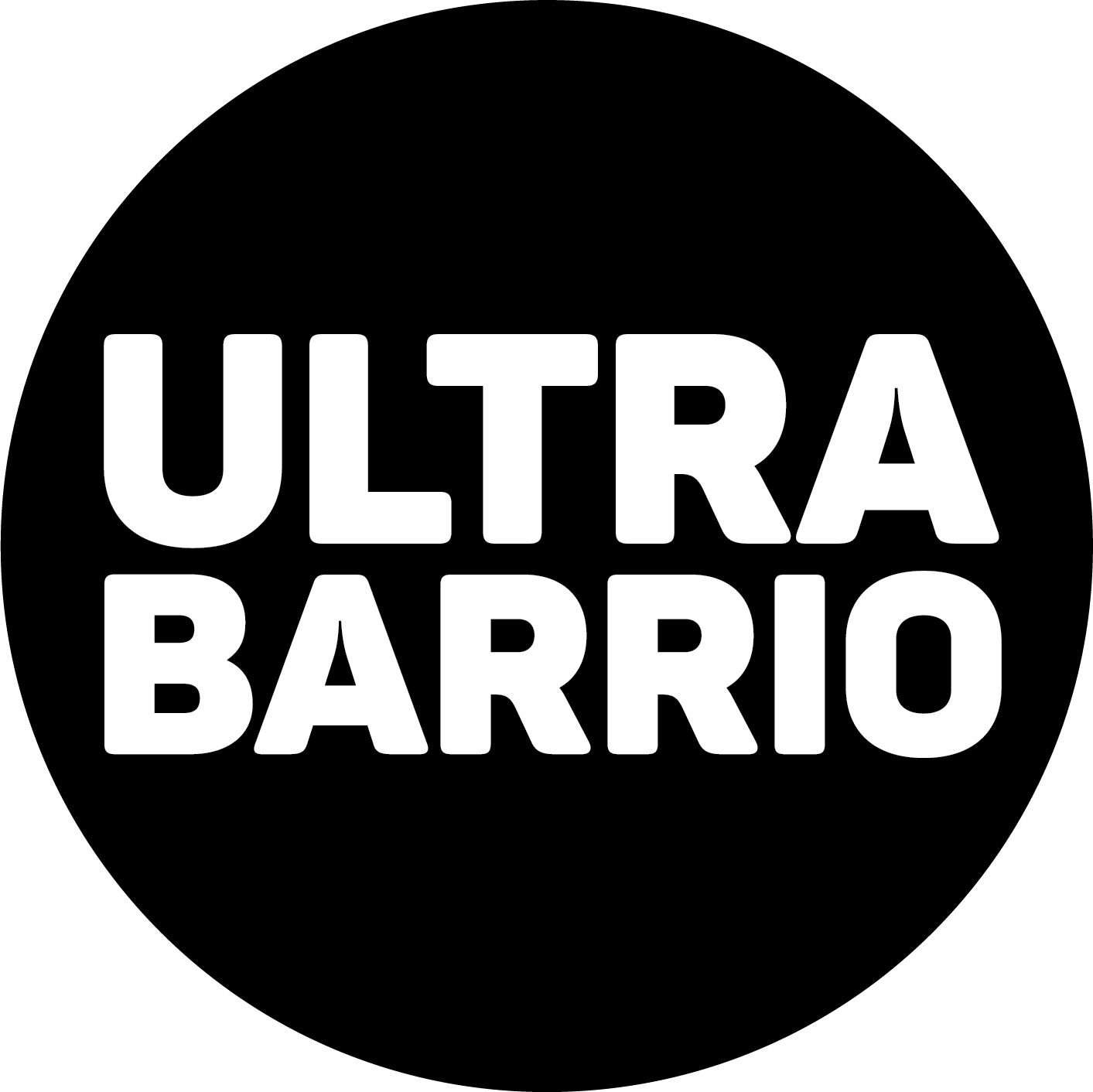
A Graphic Visual of Near Northside
Published:
Texas Architect - May 2019 Issue
Near Northside
By Partner Marcus Martinez
Nobody Talks About the ‘F’-ups. Representation has historically made a declaration to the imaginative and provoking edges of architecture — it tells a story. The process of producing that drawing can greatly clarify an idea if it is drawn for feedback. Pen to paper or stylus to screen, the necessary physical drawing of the line is less about a precise image and more about exploring how concepts and ideas are expressed, and what else it brings attention to. In my early days, I interned at EMBT, an office that took an analog approach to both drawing and models, at the time. There, I learned there was opportunity in error: a chance to study how our work could be interpreted, or even, in some cases, productively misread. My work involves many false starts. The process is nearly cinematic storyboarding, where it involves expanding or compressing the frame — managing depth of field by moving vanishing points or even adding points for distortion. It’s also sometimes appropriate to exaggerate the scale of elements. Ultimately, in representation, failure is necessary to evolve. So, there is no stack of trace so thick or digital layers so dense that I wouldn’t embrace starting over until the drawings are maximized for visual narrative.
Early sketches are a broad marker (Sharpie and sign pen) on white trace paper. Once the basic composition is set, I begin refining an element at a time. This gives me the opportunity to iterate on a particular detail or develop common elements like background buildings or foreground trees and also helps to reposition or rescale. This results in patches of trace and masking tape, which can become parts of the composition. The final linework is micropen on vellum. If the decision is to add color, I might do the final on trace and use “Prisma” and “Chartpak” markers. Using trace versus an opaque paper gives me the opportunity to color on both sides of the paper. The more hybrid drawings have a similar start that gets scanned for color. Sometimes I’ll jump right into Photoshop, starting from a blank screen. Using a Wacom Cintiq (a digital pen display screen), I’ll simulate the same analog process as digital layers. When the goal is to tell a panelized story (like a comic book), I’ll complete the layout in InDesign.
Instagram: @marmarkers.
Location
Houston, TX - Near Northside
Representation
Graphic Visual
Disciplines
Urban Design, Planning, Visioning

